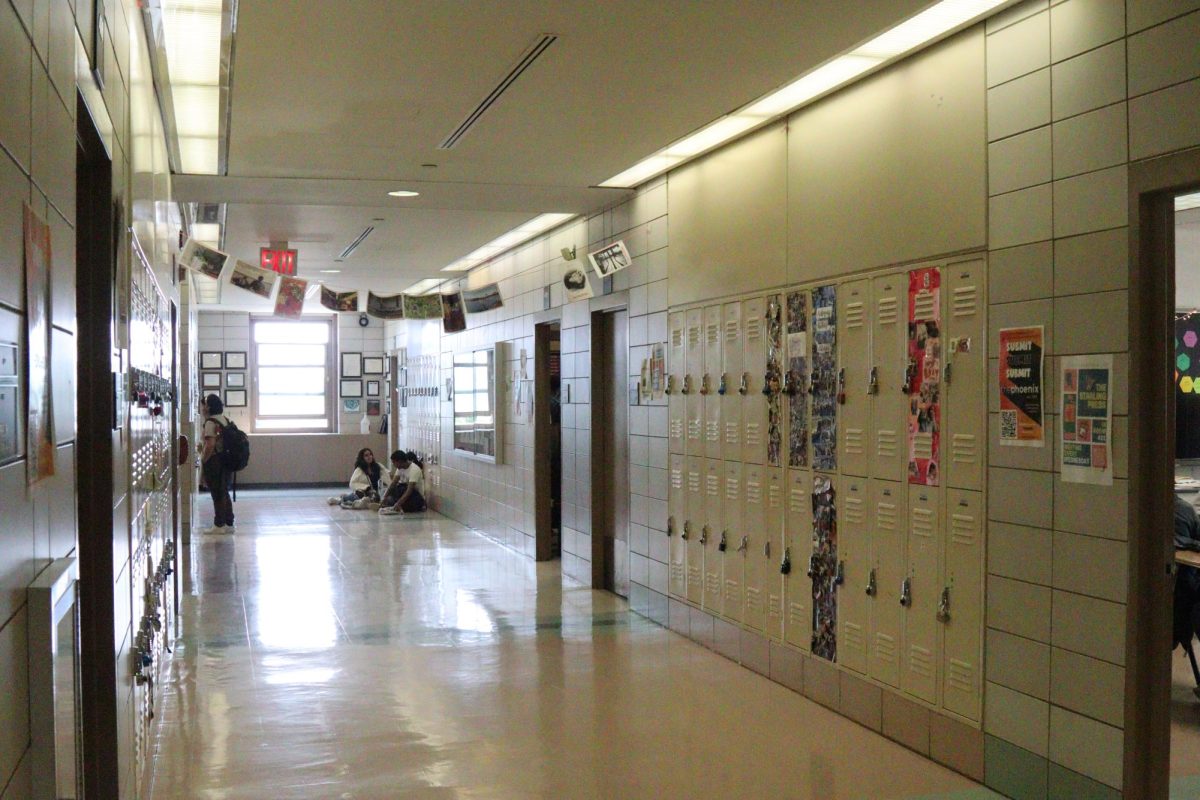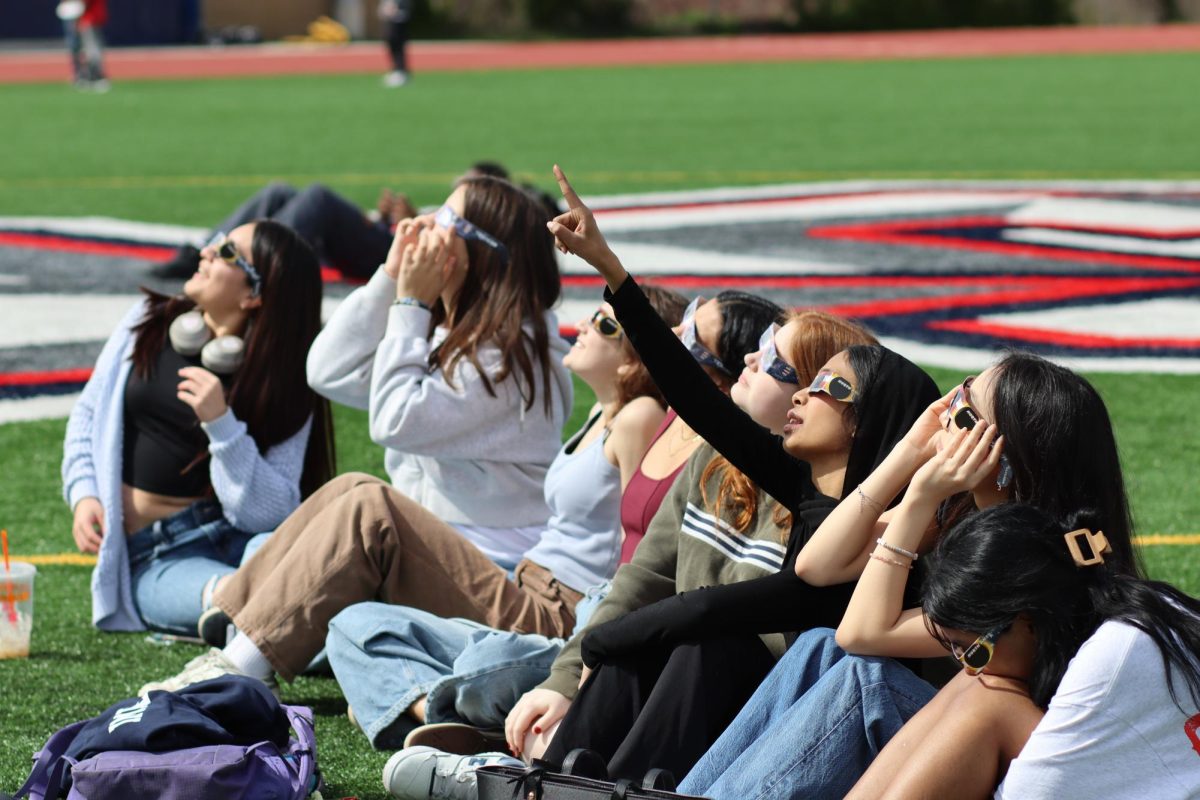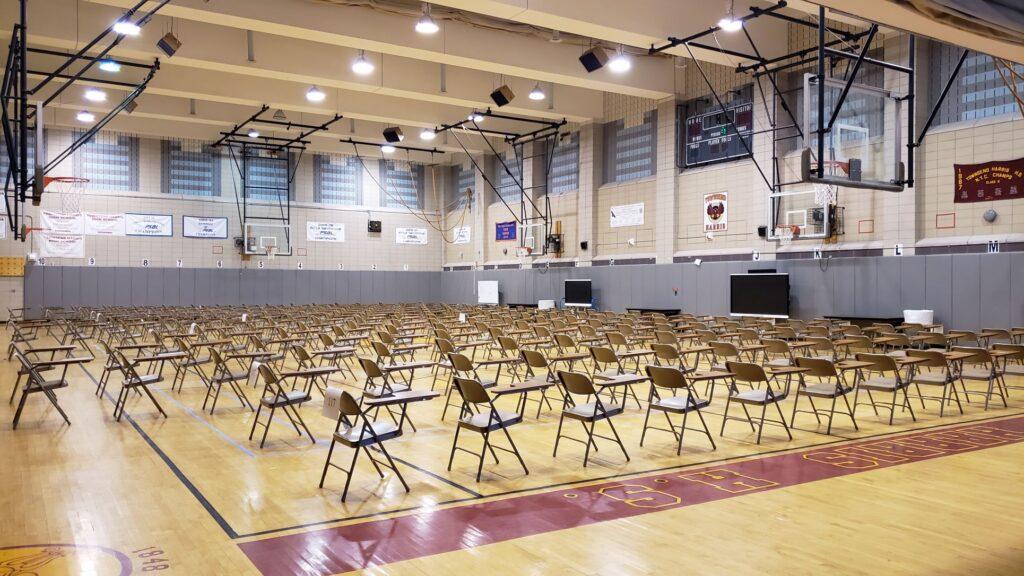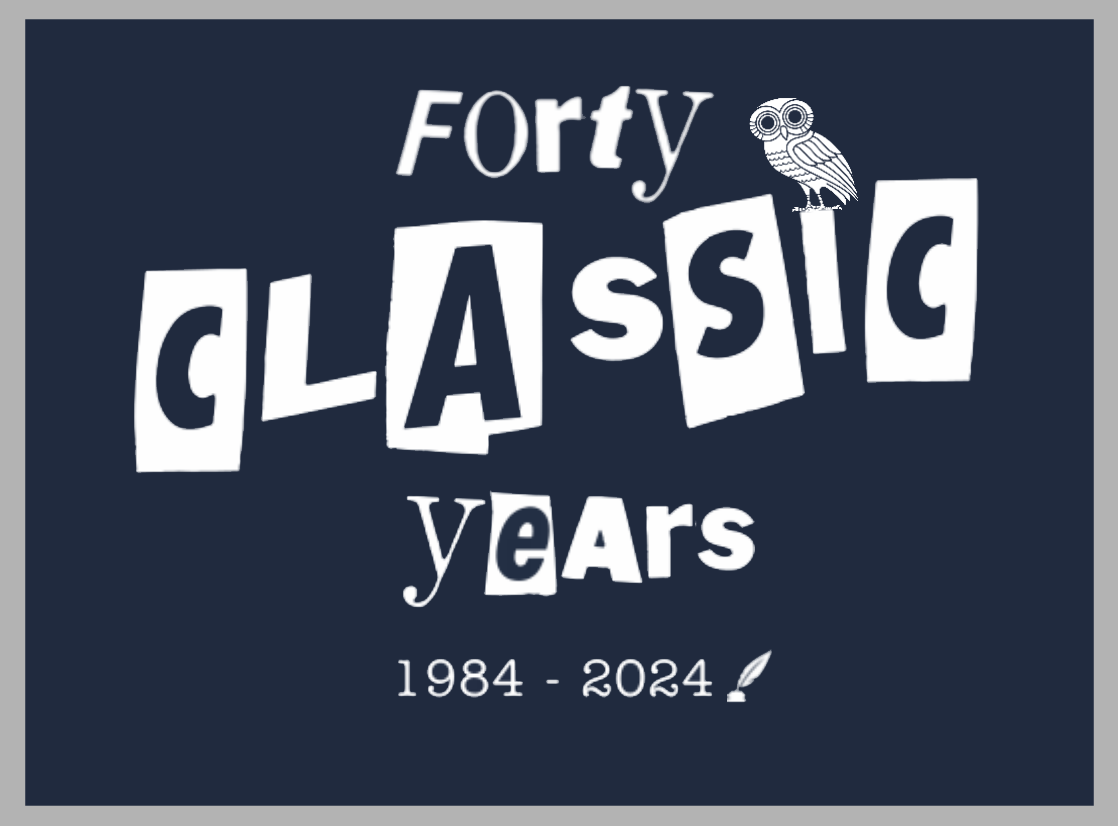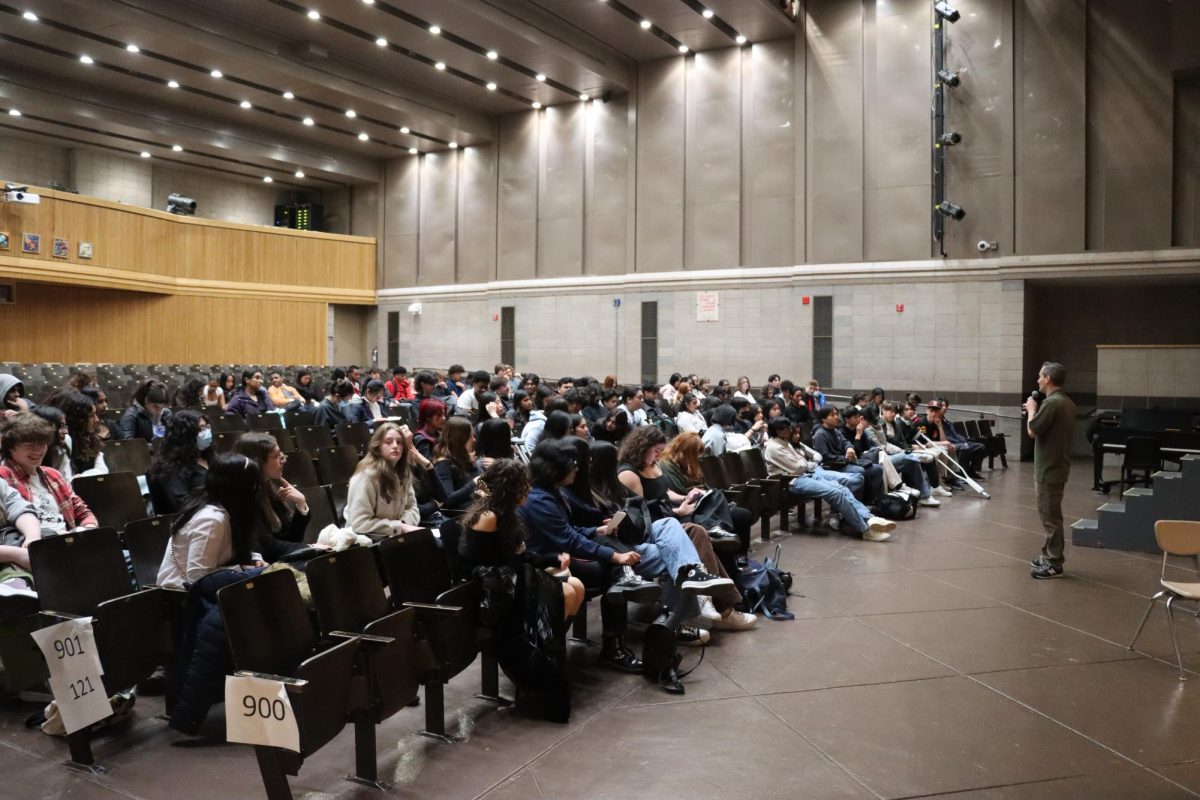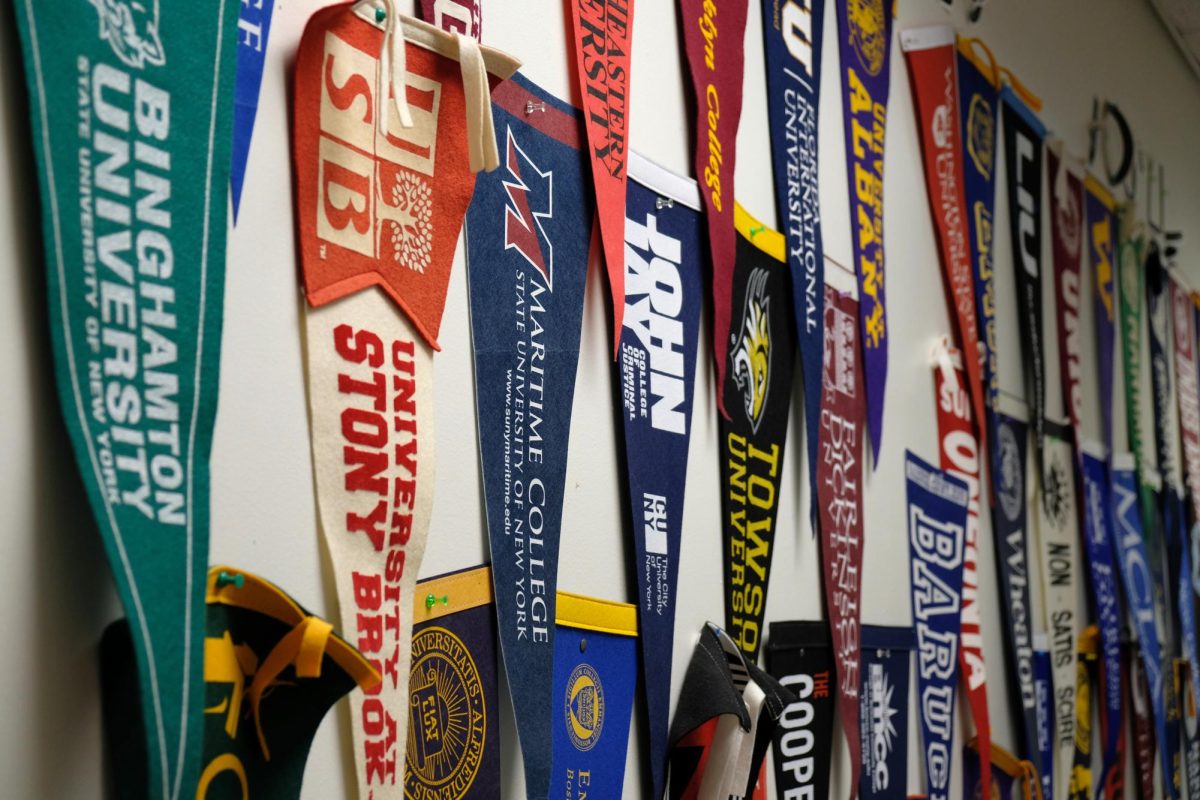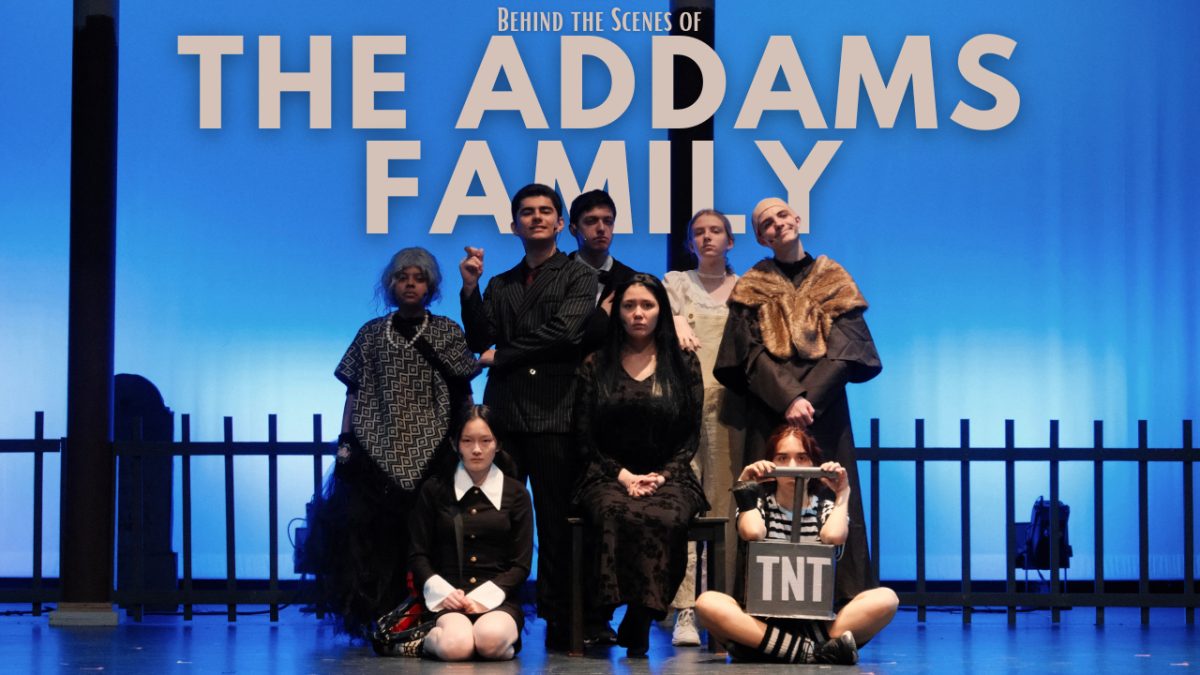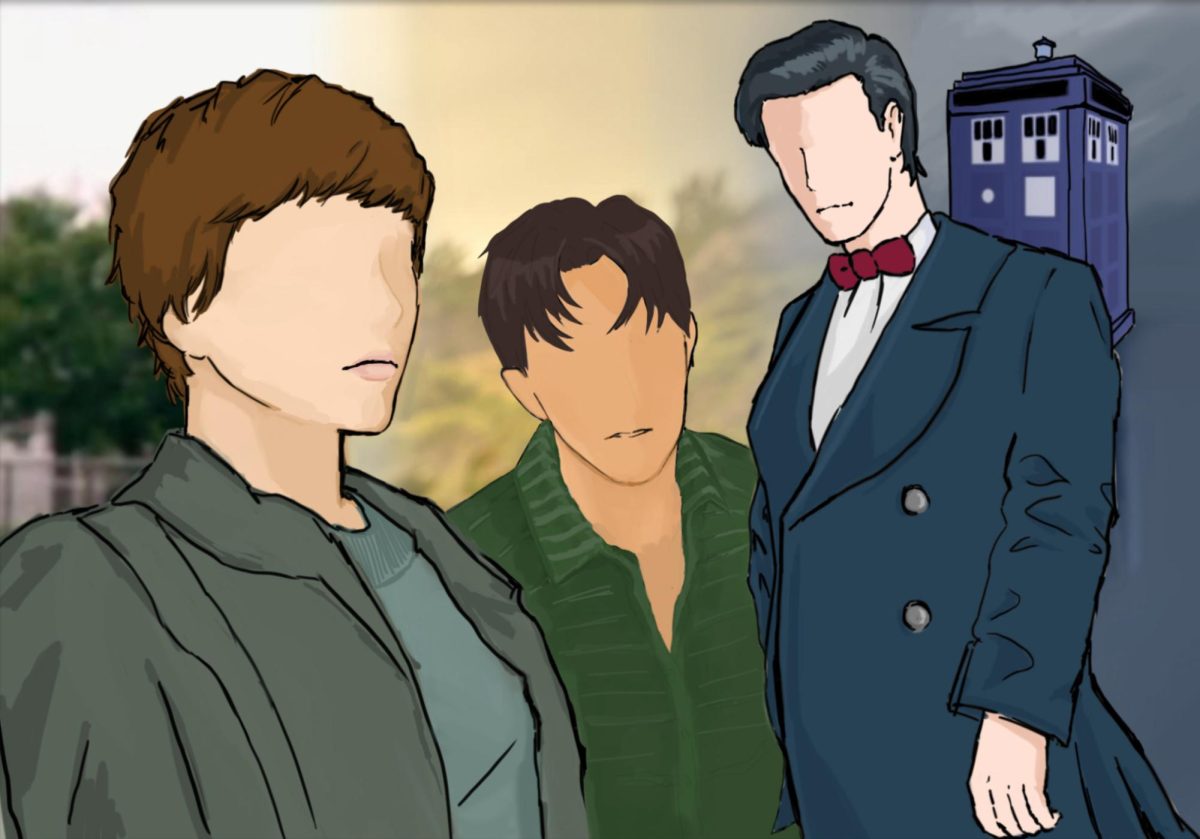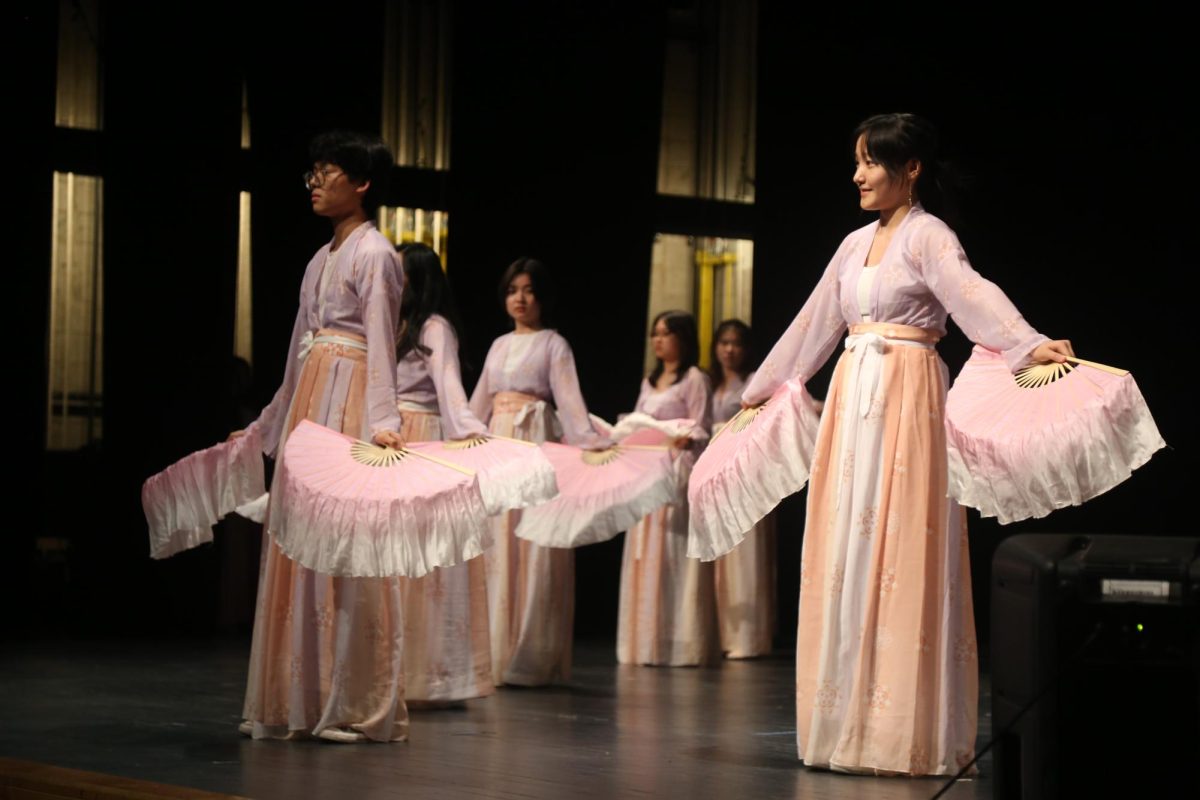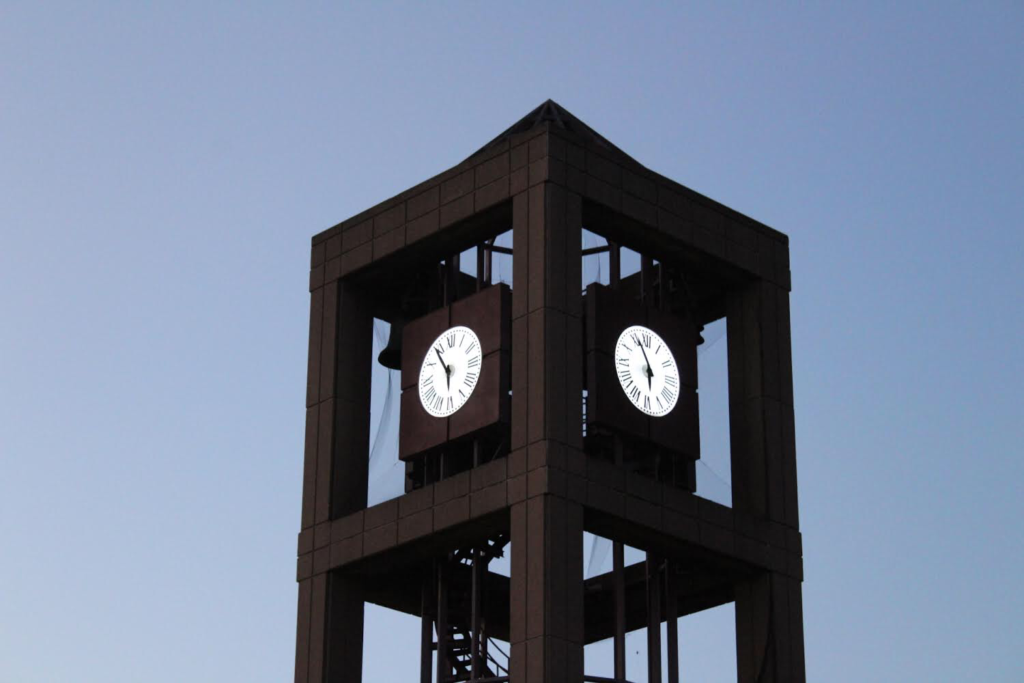
With the opening message from Barack Obama, the endearing narration that makes Neil Degrasse Tyson sound like he’s quoting Doctor Who (“you’re made of star stuff”), and enough lens flares to make J.J. Abrams shed a tear, it’s clear the goal of Cosmos: A Spacetime Odyssey is to make science cool again.
The show is a reboot of the 1980 series Cosmos: A Personal Journey, hosted by astrophysicist Carl Sagan. Sagan’s Cosmos was one of the most widely watched public television programs of all time, and was hailed as making Americans care about science for the first time since the moon landing.
Cosmos: A Spacetime Odyssey follows in the path of the 1980 version, attempting to not only explain science but reveal it’s beauty. The show was executive produced by Ann Druyan, Sagan’s widow, and Seth MacFarlane. Yes Seth MacFarlane, Family Guy creator Seth MacFarlane. Oscar host Seth MacFarlane of “we-saw-you-boobs” musical fame.
Cosmos is presented as science for the layperson, and they mean the layperson. At times the show seemed better suited for PBS kids. It’s difficult not to groan when Tyson invites us on to his spaceship of imagination, which resembles an expensive electric razor. As Tyson narrates the life of Giordano Bruno, a 16th century monk who advocated for Copernicus’ theory that the Earth was not the center of the universe, we are shown the blocky cartoon adventures of Bruno. In one scene he is twirling through a fluffy pastel universe, with the whimsy of a 4 year old in a tutu, while in another he is facing off against a band of dastardly inquisitors, complete with thick eyebrows, skinny goatees, and angular faces cast in shadows. These animations would be great on Nickelodeon, but on a show airing at 9:00 on a Sunday night they’re almost insulting. We know Neil, we’re dumb, but come on we’re not that dumb.
The episode’s strength lies in organizing the chaos of the universe in such a way that anyone can understand. The 10-minute long piece in which the entire history of time is condensed into one calendar year shows the insignificance of human existence. If all of time is a year, humanity has been alive for just 14 seconds. Unlike the cartoons, the calendar montage illustrates and simplifies without dumbing down. It allows the audience to view the great cosmic events relative to one another, rather than thinking in inconceivable stretches of time.
Cosmos is at its best when it’s explaining exciting science, instead of setting off fireworks around it. The Star Wars score music, the imagination ship, the childish cartoon, make it a great planetarium IMAX movie, but it has the potential to be so much more.
Towards the end Tyson explains that the Earth is in its current state due to asteroids colliding in exactly the right way. If some of these asteroids were to move over an inch, humanity might not exist. Cosmos needs more material like this. While it is true that the show was packed with information, much of it felt uninspired. As Tyson takes us through our solar system and beyond to discover our cosmic address, he lists off names of locations in the universe (virgo supercluster, local group) in the style of a seventh grade textbook. Facts that illustrate the beauty and delicacy of the universe make for a much more valuable television show than a lecture painting itself in bombastic music and special effects.
Is the show going to be the big bang in science literacy that Tyson was hoping for? With more in depth science shows like NOVA available on TV, and the explosion of science related youtube channels geared at making science understandable to everyone, the thinking behind Cosmos isn’t anything new. Yet it has potential, and with twelve more episodes to go, I suspect the best is yet to come.

